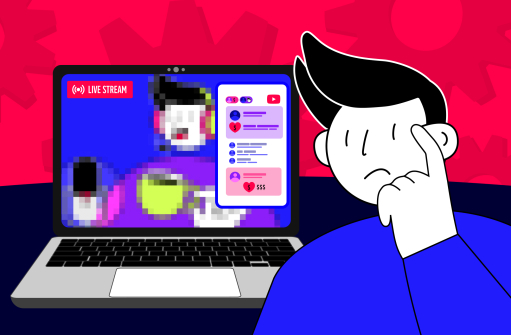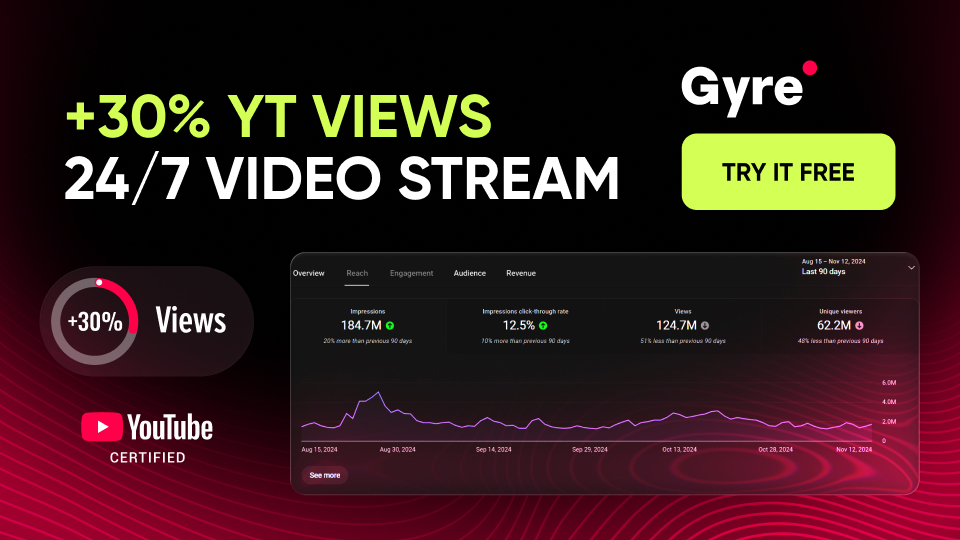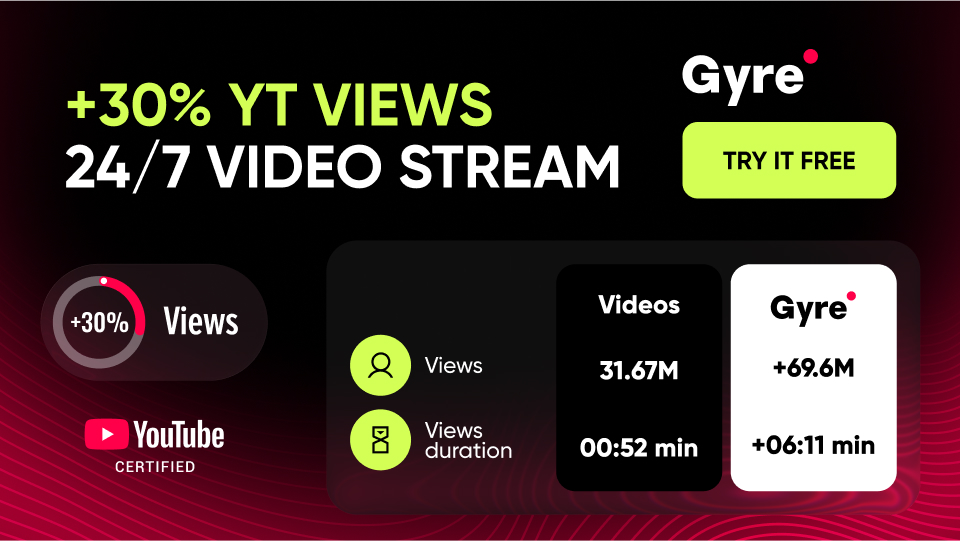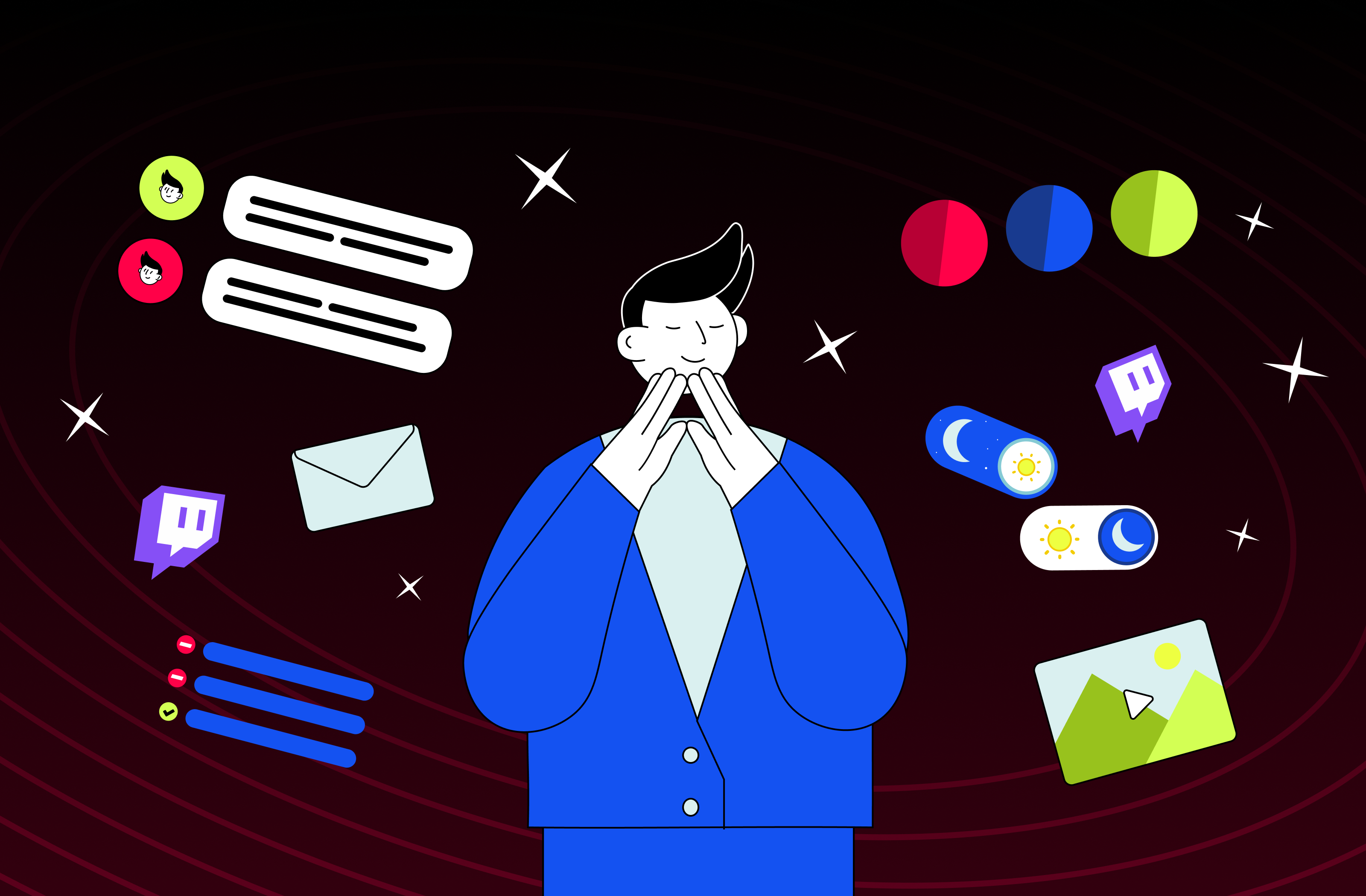Screen Quality and Viewer Experience
Your screen is the window to your audience. If your display isn’t accurate, you risk broadcasting content that looks washed-out or distorted.
Why Color Accuracy Shapes Audience Perception
Colors influence brand identity and mood. A monitor that doesn’t reproduce the full sRGB or Rec.709 color space can make your overlays, graphics, and logos look dull. This undermines trust and reduces higher viewer retention.
Resolution, Sharpness, and Contrast: Finding the Balance
The best resolution for streaming depends on both your workflow and platform. While 1080p remains the default for many creators, enhanced resolution streaming at 1440p or even 4K gives sharper images and more space for production tools.
Platforms like YouTube support up to YouTube streaming resolution of 4K, while Facebook max streaming resolution tops out at 1080p. Twitch streaming resolution is often optimized at 1080p60, but some creators push higher with the best resolution for streaming on Twitch at 1440p.
Mobile vs. Desktop: How Devices Change What Viewers See
Keep in mind: more than half of YouTube traffic comes from mobile. What looks great on a desktop monitor might appear oversaturated or cropped on a phone screen. Test across devices before going live.
Screen Quality as the First Step in Quality Control
Before your content hits the cloud, your monitor is the gatekeeper.
The Role of Calibration: From Factory Settings to Professional Standards
Factory-calibrated displays (like the MacBook Pro) offer decent accuracy, but professional creators need precise calibration for confidence. Without it, resolution streaming issues creep in unnoticed.
Spotting Problems Early: Compression, Banding, and Motion Issues
A poor screen can hide compression artifacts, banding in gradients, or ghosting in fast motion. Catching these early means fewer retakes and smoother streams.
Syncing Screen Quality with Encoder Settings
Your screen’s accuracy should match your encoder. For example, in YouTube Studio → Stream Settings, ensure your output resolution matches your monitor preview. Mismatches lead to blurry results or black bars.
Optimizing Your Workflow for Better Screen Quality
Your display is the control center of your streaming workflow optimization.
Multi-Monitor Setups: Organizing Your Workspace for Efficiency
Running continuous live streaming? Dedicate one monitor for your encoder, another to chat, and a third to analytics. In Twitch Dashboard → Stream Manager, you can keep alerts and chat visible without covering your content.
Calibration Routines Every Streamer Should Follow
Weekly checks prevent creeping errors. Use test images to ensure consistent color and contrast.
Keeping Visual Assets Clean: Fonts, Graphics, and Overlays
Messy visuals distract viewers. Ensure your assets are high resolution and optimized for both dark and light mode viewers.
Testing Before Going Live: Practical QA Techniques
Always run a test stream (unlisted in YouTube Studio) to check bitrate, colors, and overlays. This prevents surprises during 24/7 live streams.
How a Quality Monitor Improves Streaming Efficiency
More Screen Real Estate for Scopes, Chat, and Analytics
A high resolution streaming music channel benefits from multiple windows: waveform visualizers, encoder controls, and analytics can all fit comfortably.
Faster Problem Detection and Smoother Streaming
Sharper screens reveal issues at a glance — whether it’s dropped frames or misaligned overlays.
Reducing Stress and Retakes During Live Broadcasts
When you trust your screen, you stream with confidence. That means fewer retakes and less stress.
Using Gyre: From Upload to Stream Without Interruptions
When it comes to automated live streaming, stability is everything. Unoptimized video files are often re-encoded by YouTube, which can cause buffering, delays, or even full stream interruptions. That’s where the Gyre Video Converter becomes a must-have tool.
Gyre Video Converter: Smart Optimization, Not Upscaling
The built-in Gyre video converter doesn’t “improve” video quality — it optimizes your files to match the exact requirements of your chosen platform with up to 98% accuracy. By default, files are prepared in 1080p, 30 FPS, horizontal orientation for YouTube. You can also customize for other platforms like Twitch, Facebook, Instagram, or Kick by selecting vertical or horizontal orientation, resolution, and frame rate.
Why Optimization Matters
Optimizing files with Gyre helps prevent up to 98% of technical issues during live stream. It automatically aligns videos with YouTube’s official standards for FPS, bitrate, sample rate, and frame structure — minimizing errors that usually appear mid-stream. For a one-hour video, conversion typically takes only 12–15 minutes.
Consistency Across Playlists
For the best results, we recommend keeping all videos in a playlist optimized under the same parameters. Mixing files with different resolutions or frame rates can cause uneven playback quality or dropped streams. Consistency = stability. Gyre Video Converter is the built-in feature in all Gyre subscription plans.
Final Thoughts: Why Screen Quality Defines Your Stream’s Success
Screen quality isn’t just about prettier pixels. It’s about ensuring every viewer sees exactly what you intend. From charter to reduce video streaming resolution in low-bandwidth cases to pushing enhanced resolution streaming for professional setups, the choices you make shape your channel’s growth.
With accurate screens, smart calibration, and tools like Gyre for automation, you can:
- Deliver consistent visuals.
- Increase YouTube watch time.
- Boost retention and trust.
- Scale with confidence using channel growth strategies.







